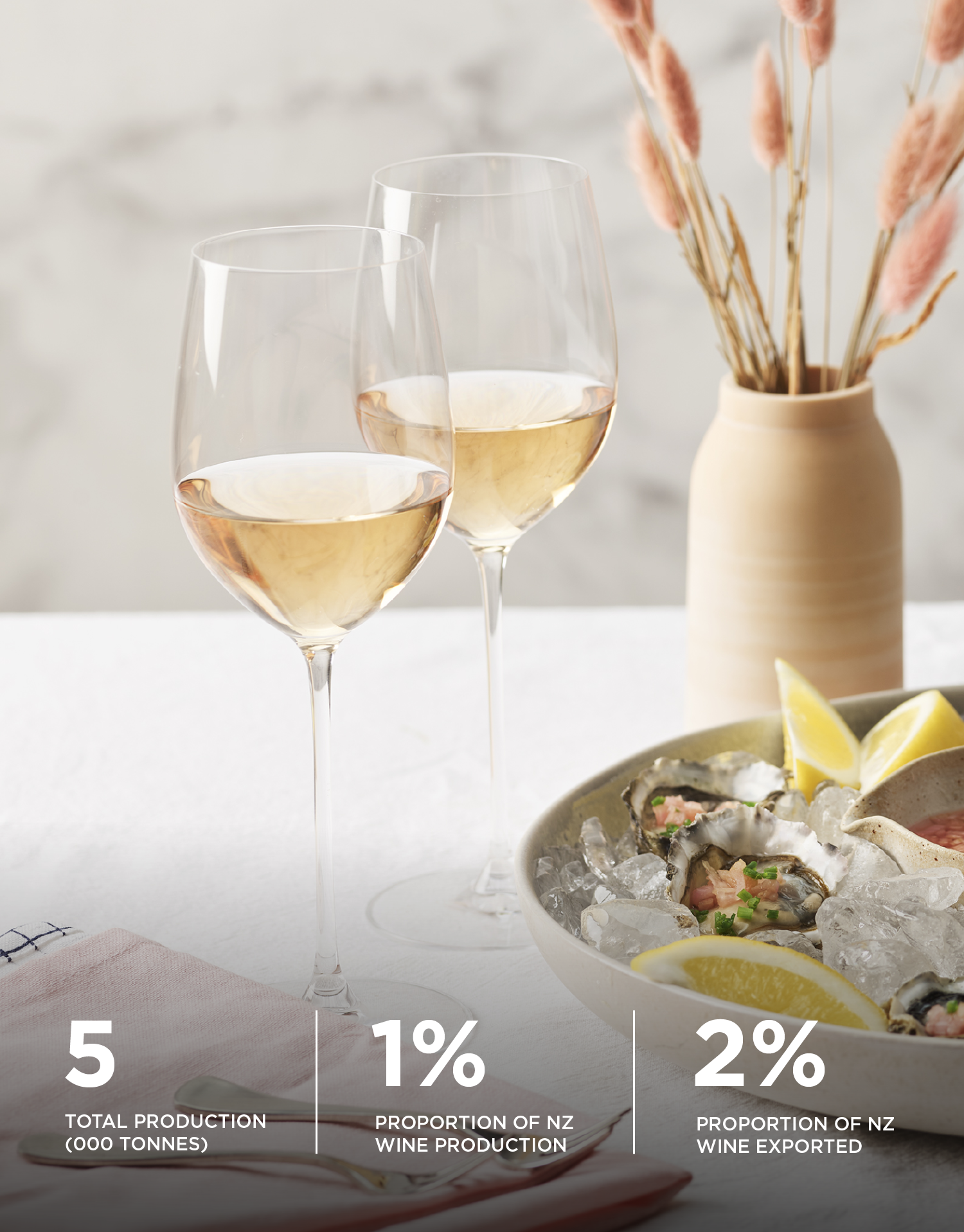Regional styles of Rosé
Rosé styles, hues and myriad of varieties are found throughout all of New Zealand’s wine regions, reflecting the fruit freshness and focus for which our wine is renowned.
Hawke’s Bay
Hawke’s Bay is home to a great many of the Merlot and Syrah-based Rosé, with some wines made from a blend of (often Bordeaux) varieties. The moderately-warm climate lends itself to robust, spicy and savoury wines with good depth of flavour.
Marlborough
Pinot Noir is the most common variety used for Marlborough Rosé, with characteristic aromatic intensity, ripe berry fruit and spice, and vibrant, well-balanced palates. There are also some interesting examples using less common varieties such as Syrah and Montepulciano. Excellent quality Methode Traditionnelle Rosé is made in Marlborough.
Central Otago
The vast majority of Central Otago Rosé is Pinot Noir-based. Packed with bright strawberry, raspberry, ripe cherries and often a touch spice and fresh herbs, the palate is lively and crisp palates with clean acidity. There are also several very smart examples of Methode Traditionnelle Rosé.
How is NZ Rosé made?
Fruit quality is paramount for Rosé to maximize finesse and varietal expression. Regardless of the variety being used, grapes are handled as gently as possible from vineyard to winery.
The majority of New Zealand Rosé is fermented in stainless steel tanks to preserve freshness, fruit purity and aromatic intensity. Oak use is very rare.
The final shade of pink relates to the grape variety as well as the length of skin contact permitted between juice and pigment-rich grape skins.
Some Rosé is made by the saignée (to bleed) method, which is when the juice is drawn off a red wine early in its fermentation. These wines can be quite rich in colour and robust in style.
Food matching
New Zealand Rosé is made to be enjoyed within a year from vintage, lightly chilled to set off their refreshing crispness and vibrant berry fruit.
It is great on its own as an aperitif or you can just add canapés - smoked salmon blinis, fresh sashimi or goat cheese tartlets are especially good matches.
Rosé suits savoury tapas, light pasta dishes and will happily partner many Thai, Indian and Mediterranean-style dishes. Salad Niçoise is a classic match and Rosé work well with many kinds of seafood, particularly salmon.
Rosé wines with a touch of sweetness can be a lovely way to finish off a meal, paired with a selection of perfectly ripe summer fruit.




